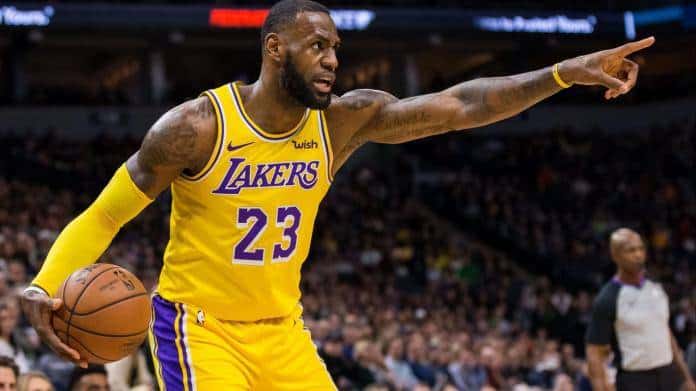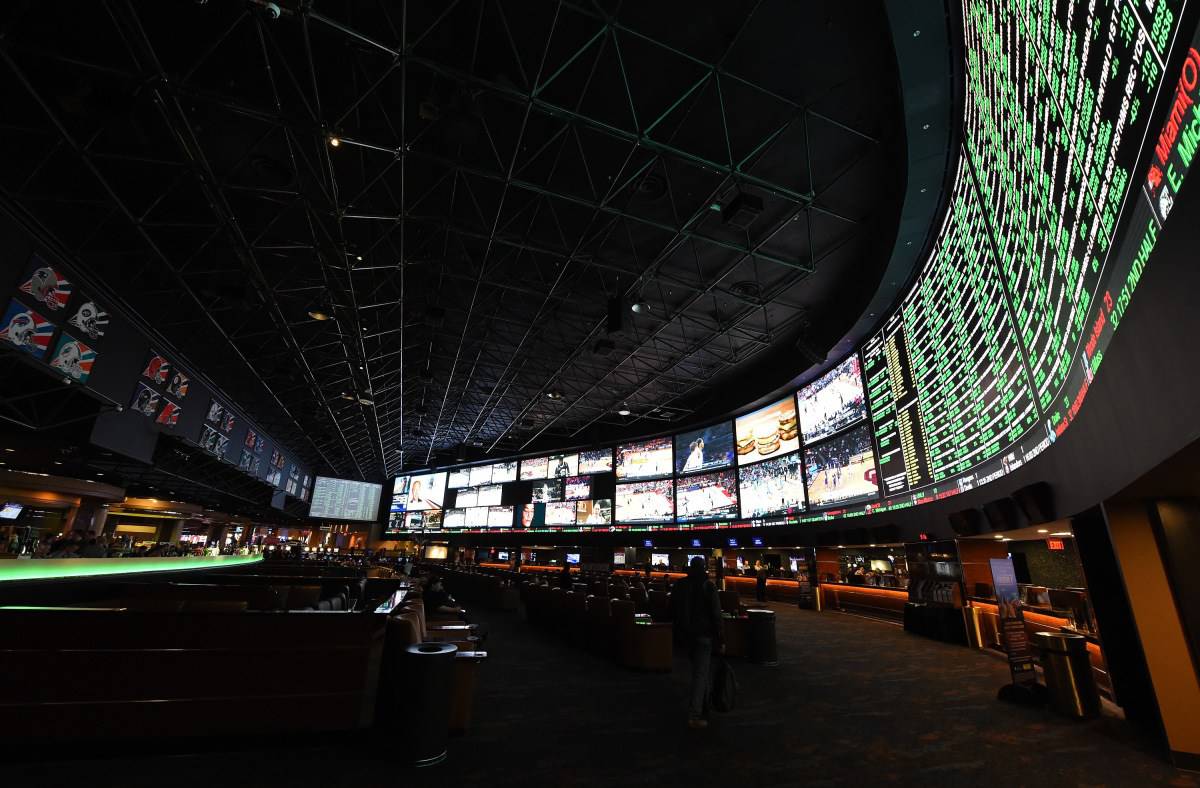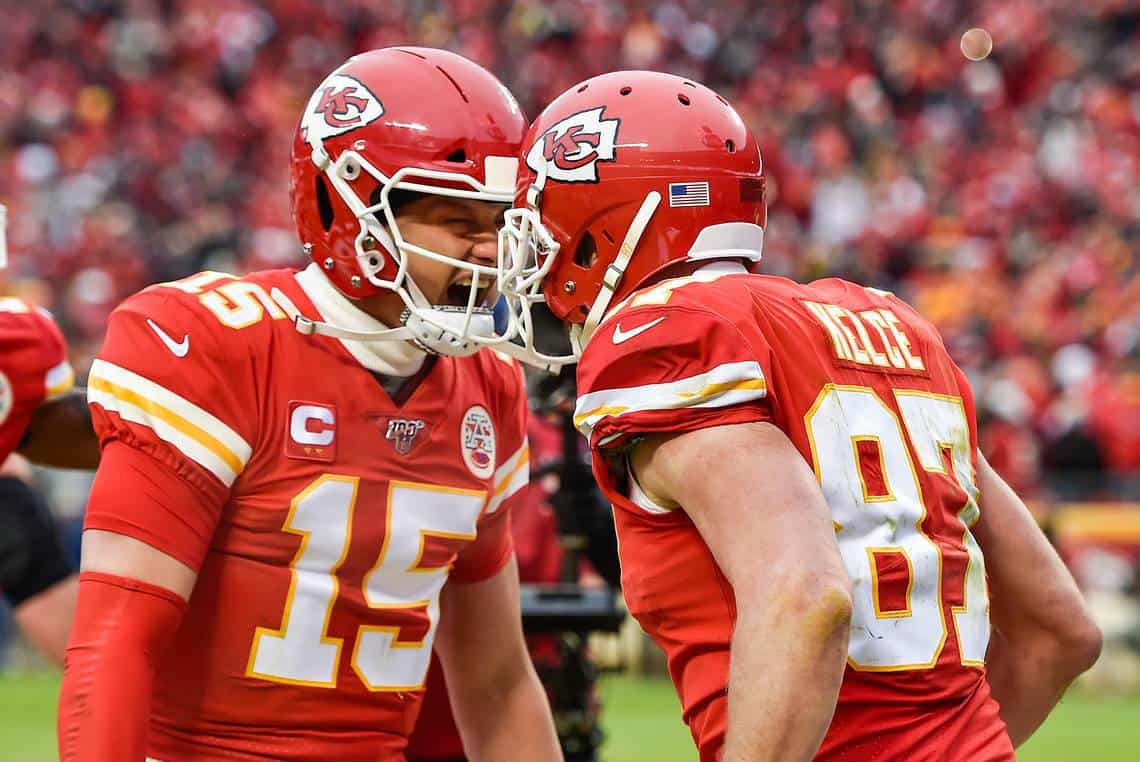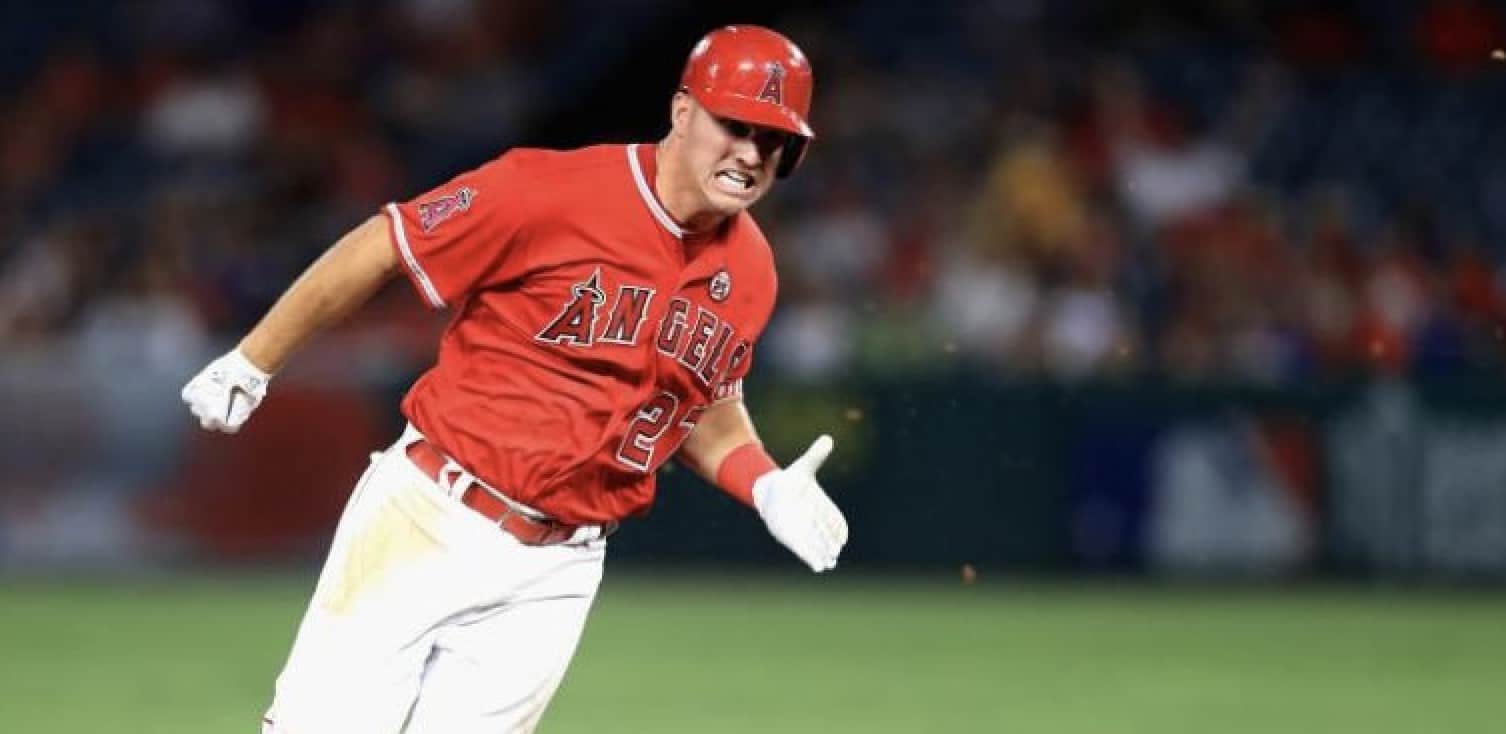South Dakota
Sports Betting in South Dakota
At one point, the South Dakota town of Deadwood was the epicenter of ‘Gold Rush’ era gambling. That came to an end with statehood and the original South Dakota Constitution essentially outlawed all gambling in the state. Since the latter part of the 20 th Century the gambling climate has improved somewhat in South Dakota with casino gambling in Deadwood and on Native American tribal land.
The first movement toward liberalized gambling law in South Dakota came in 1987. That year state government authorized bingo and raffle type games for charity and more significantly a state lottery opened for business. In 1989 South Dakota became the first state to offer video lottery terminals but the product mix really hasn’t changed since. A major issue in South Dakota today is the aging video lottery terminals—roughly 2/3 of the VLTs in operation were declared ‘obsolete’ years ago but have yet to be replaced. Newer machines have games that more closely resemble slot machines while the older versions offer only video poker, blackjack, bingo or keno derived games. The rest of the lottery’s product mix is uninspiring with a typical mix of draw and scratch off games.
Casino gambling was legalized in Deadwood in 1989 and initially limited maximum bets to only $5. It was an immediate hit and at one point there were over 80 casinos in operation. Reality soon set in, however, and the town’s casino industry started to decline due to competition, the silly maximum bet limits and a lack of parking. The betting limits were increased to $100 in 2000 and $1000 in 2012 and that has at least stopped the deterioration of the casino industry in Deadwood. Today, there are approximately 20 casinos in town offering a mix of slots, table games and live poker.
In 1993, the state signed the first compact agreements with South Dakota Native American tribes opening the way for casinos to be built on their land. Most of the action at South Dakota tribal casinos centers around slot machines including video poker and video keno. There is also limited table game action as well as live poker. Currently, nine Native American casinos are in operation in South Dakota.
The Native American casinos have provided new gambling oportunities for South Dakota residents but there is a downside. The tribes have become very active politically and try to prevent any new forms of gambling from being legalized. This has already killed off some legislation to legalize online poker in the state. There has been nothing concrete done about introducing sports betting but there’s a good chance it would meet the same type of resistance.



